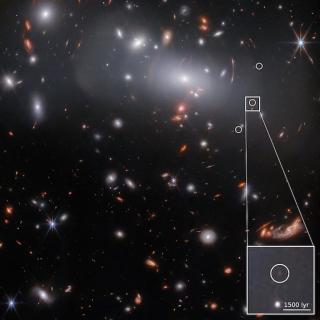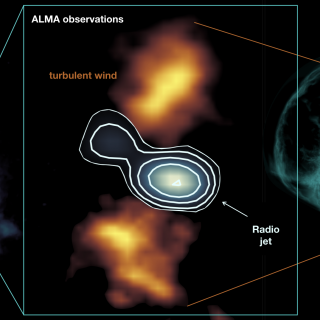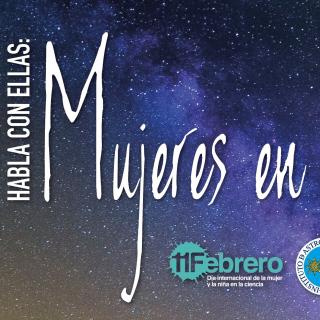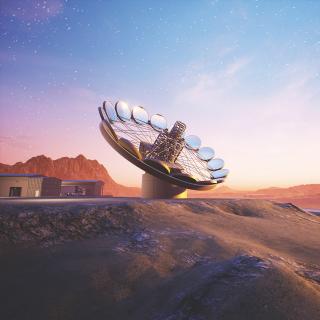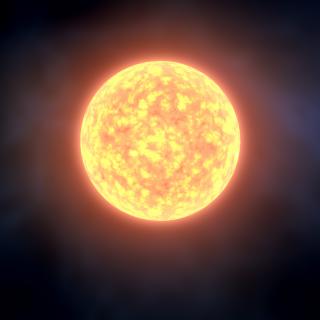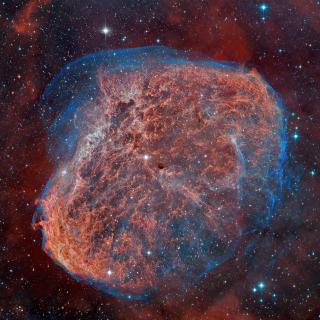
Research carried out by a scientific team from the University of Heidelberg (UH), the Instituto de Astrofísica de Canarias (IAC) and the National Autonomous University of Mexico (UNAM) has allowed them to solve the abundance discrepancy, a puzzle over 80 years old, about the chemical composition of the Universe. They find that the effect of the variations in temperatura in the large gas clouds where stars are born has led to the underestimation of the quantity of heavy elements in the Universe. The results have been published in the prestigious journal Nature . All the stars are born, live
Advertised on
